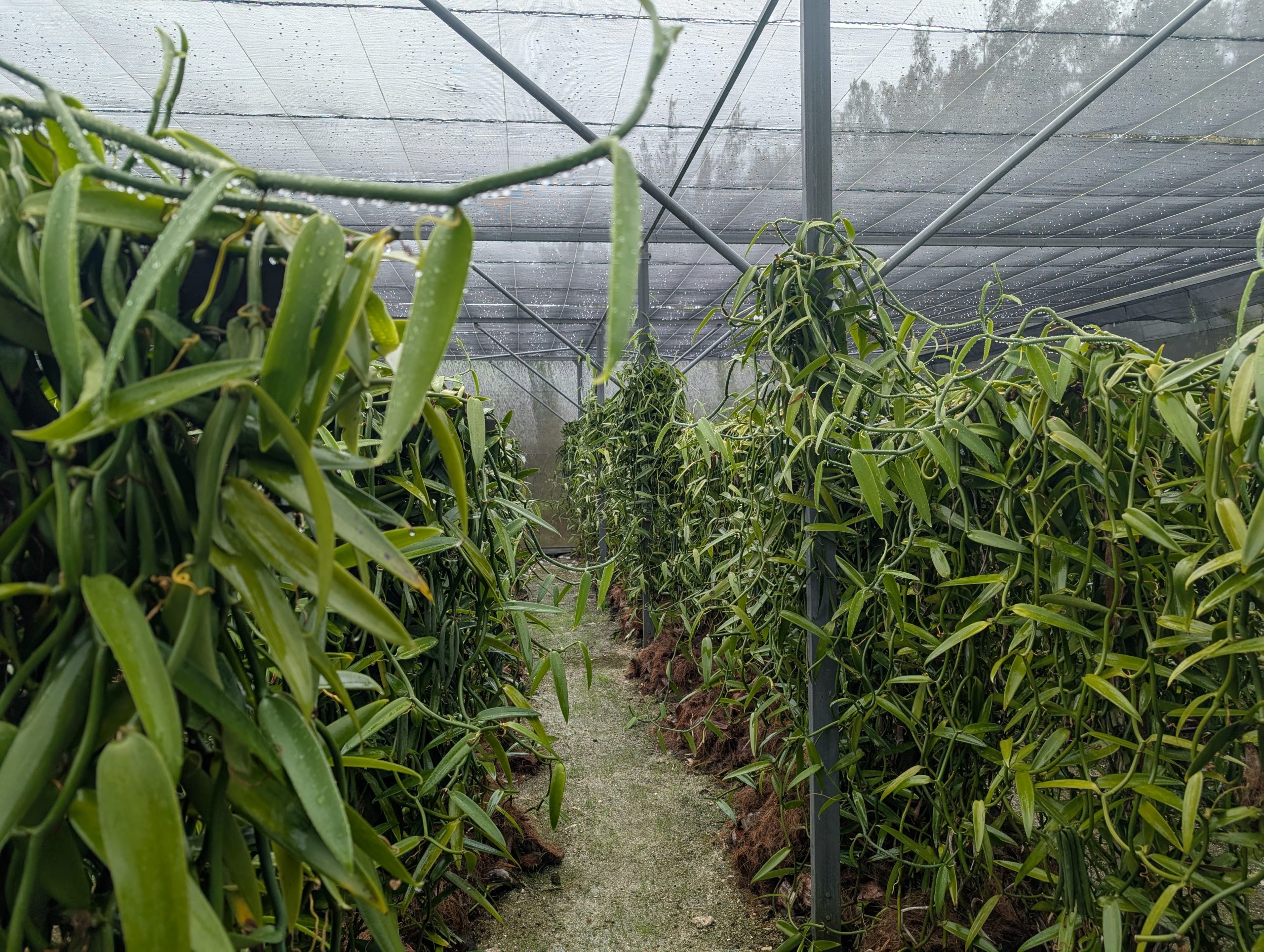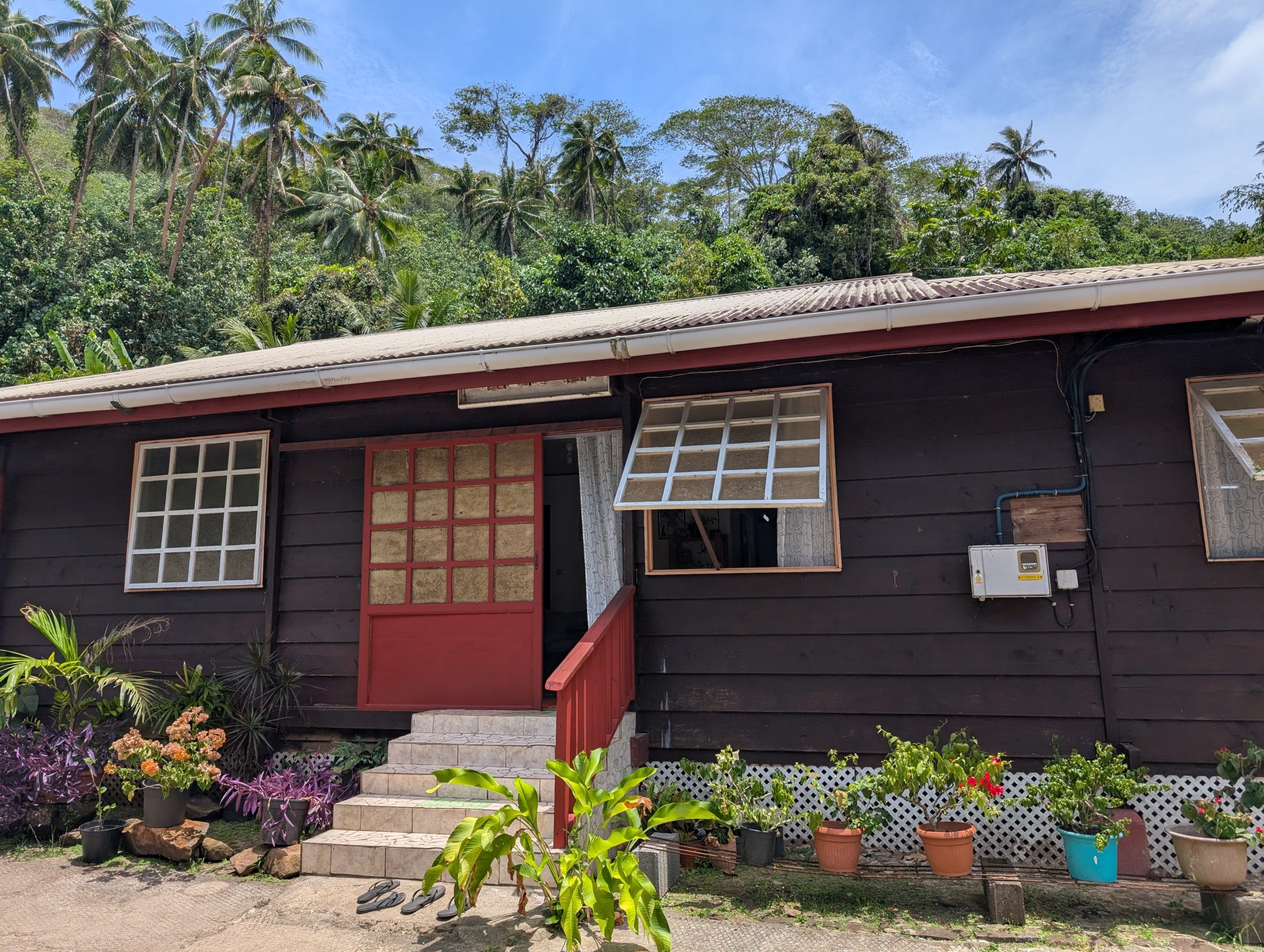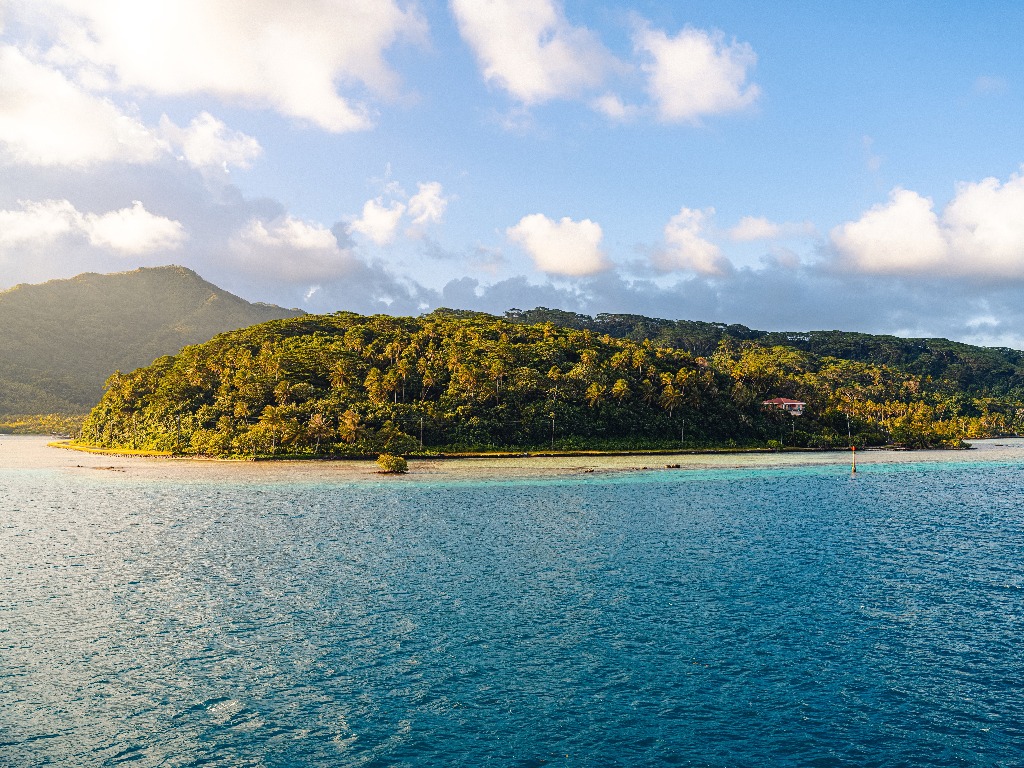Karen Barr visits a traditional vanilla bean farm in Taha’a, the Society Islands, to understand the fragile cultivation process behind one of the world’s most sought after spices.
Tahitian vanilla is some of the best in the world, earning the label Black Gold in Tahiti and The Society Islands. Vanilla is the second most expensive spice in the world after saffron.
Taha’a, nicknamed The Vanilla Island, measures just 21 square miles, yet produces 80 per cent of the region’s harvest. The island is a French Polynesian dream. Lush, green, and peaceful, the larger island of Raiatea is to the east, and the more famous Bora Bora is to the northwest.
Vanilla made the journey from Mexico to Tahiti in the 19th century. Two specially selected orchid species were crossed to develop vanilla tahitensis. This Tahitian vanilla bean orchid is nurtured in two ways. At Vallée De La Vanille, a vanilla bean plantation on the eastern side of Taha’a, vanilla vines are planted outdoors in nature against trees that act as hosts. In the second method, vanilla orchids grow on poles staked into the ground. Set inside greenhouses constructed with netting or PVC allows nourishing rainwater inside. Farmers place shredded coconut husks at the bottom of the poles or trees. This keeps moisture in the soil while acting as organic compost.
It takes two years for vanilla orchids to begin to flower. While the climate is perfect for growing these culinary marvels, no natural pollinators exist in The Society Islands. “In blossom time from July until November, farmers have to pollinate the vanilla by hand,” explains Vallée De La Vanille tour guide, Fredo Teihotaata. “The stamen has the pollen; we transfer it using small sticks.”


A tedious process
Hand pollination is tedious. Flowers blossom at various intervals, so farmers must be up early. If a blossom is not pollinated immediately, it will wither and fall off the vine, resulting in fewer vanilla beans at harvest time.
“Vanilla beans take nine months to grow and ripen. The length of the vanilla bean is determined by the number of flowers in the bunch,” says Teihotaata. “The fewer flowers you have on the bunch, the quicker the vanilla beans will grow, making them larger and bigger.”
While vanilla beans grown in other parts of the world are picked green and blanched to turn brown, the humidity in The Society Islands allows farmers to skip this step. Harvest time takes place from August until the beginning of September. Once ripe, the vanilla beans are placed on a table in a cotton sheet.
“The beans start to shrink in the sun. At this point, each is massaged daily, bean by bean,” says Teihotaata. At night, the beans are covered. All this individual attention to vanilla beans results in a plump, moist product with a fruity and floral scent and flavour.
“Plants produce vanilla beans for 10 years, after which we remove the plant. While we grow our vanilla beans here, we also buy a lot of vanilla beans from other farmers,” Teihotaata says. “We work like a co-op.”



Vallée De La Vanille sells the highest-quality Tahitian vanilla beans whole and vacuum-packed. Lesser-quality beans are crafted into vanilla extract, paste, or powder. Vacuum packing ensures that vanilla beans stay fresh for many years.
Another way to store vanilla beans at home is in a small bottle with alcohol added. This ensures that fresh vanilla extract will always be available in kitchen cupboards. While Vallée De La Vanille stores vanilla beans in local rum, vodka works well too. As the vanilla extract is used, simply add more alcohol.
Vanilla sugar can give complexity of flavour to baked goods. Use one vanilla bean for two cups of granulated sugar. Splice the vanilla bean in half lengthwise, scoop out the seeds, and whisk into the sugar. Place the vanilla bean pod halves into a glass jar. Add the sugar and seal for at least two weeks for the sugar to absorb the vanilla flavour.
Vanilla can also be infused into alcohol to make cocktails, coffee for your morning brew or honey for your breakfast toast. Add whole vanilla beans and leave them for three months before using the product.
In dessert making, Tahitian vanilla beans lend a beautiful flavour to creamy sweets. Think custard, ice cream, gelato, crème caramel, or cheesecake. First, extract the pulp and add it to the liquid component of the dessert, such as milk, cream, or a dairy substitute. Throw in the bean pod and bring to a boil. Once cooled and refrigerated for up to 24 hours, follow the recipe.
Experiment with Tahitian vanilla in all its various forms, and you’ll be making superior foods and beverages straight from your home kitchen.
This story first appeared in the Spring 2025 issue of Culinary Trvales Magazine. Click here to subscribe to your digital copy.

